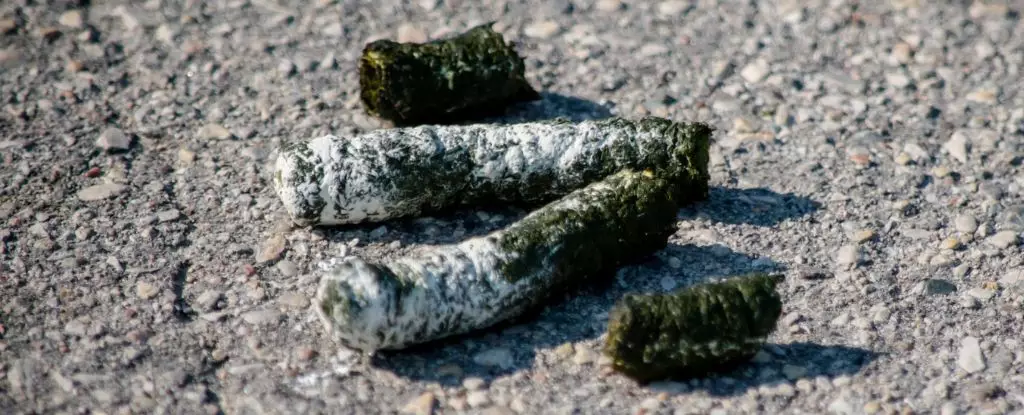In an extraordinary turn of events that demonstrates the intersection of elementary education and advanced scientific exploration, a group of middle school students in Chicago has made significant strides in the quest for new antibiotics. Under the guidance of researchers from the University of Illinois, these young scholars have transformed an ordinary encounter with nature—specifically, goose feces—into a meaningful scientific discovery. This initiative serves not only to educate but also to inspire a new generation of biomedical scientists capable of making their mark in a crucial field.
The initiative is structured as a 14-week outreach program aimed at engaging students in scientific endeavors while actively searching for bioactive compounds within their local environments. The educational framework focuses on both theoretical knowledge and hands-on experience, which is particularly effective in arousing curiosity among young learners. Students are encouraged to venture out into their neighborhoods, collecting natural samples and learning to navigate the world of microbiology with practical skills. Their task is both ambitious and significant: to discover novel antibiotics in a time when drug-resistant bacteria are increasingly a cause for concern.
Among the various samples collected, one student returned with goose droppings, an unconventional—a risky—contribution due to the potential health hazards associated with bird feces, especially in light of the ongoing bird flu outbreak. However, this daring act opened the door to a significant discovery. Through meticulous isolation protocols, the student extracted a strain of gram-negative bacteria named Pseudomonas idahonensis. Unbeknownst to them, this tiny organism harbored immense potential.
Once brought into the lab, researchers observed that Pseudomonas idahonensis possessed the ability to inhibit over 90% of the growth of a gram-positive bacteria species associated with skin infections. This astonishing finding was just the tip of the iceberg. Further investigation revealed that this bacterium produced a natural compound dubbed orfamide N, which had never been documented before in scientific literature. Initial tests indicated that orfamide N has the potential to slow the growth of both melanoma and ovarian cancer cells, showcasing its promising medical applications.
The Implications for Antibiotic Research
This breakthrough takes place against a backdrop of increasing resistance among bacteria to existing antibiotics, shedding light on the urgent need for new antibacterial agents. Although the discovery of natural product antibiotics reached its zenith in the 1950s, the subsequent decline in such developments has made the situation dire. The environment still holds the key to uncharted medicinal properties that could address today’s pressing health challenges, including super-resistant bacterial strains and various forms of cancer.
The process of identifying new antibiotics from environmental samples is fraught with challenges; the path from initial discovery to practical use is long and laden with obstacles. Out of 14 environmental samples collected by the students, only one exhibited antibiotic activity. Even so, such findings affirm the potential that still exists in the natural world—a realm ripe for exploration. This underscores the importance of educational programs that not only cultivate interest in scientific inquiry but also contribute to the broader body of research.
The significant achievement of these middle schoolers extends beyond the confines of their Chicago school and into the larger scientific community. Notably, the student who collected the goose feces is credited as a co-author in a published peer-reviewed paper, a remarkable accolade for someone of their age. This recognition offers a glimpse into the future of science, where educational outreach can yield meaningful contributions from the youngest of learners.
Ultimately, endeavors like this illustrate that innovation doesn’t always stem from conventional laboratories; sometimes, it can emerge from the unlikeliest of places. As researchers continue to sift through the natural world for new pharmacological agents, this case stands as a hopeful reminder that the next essential antibiotic—or cancer-fighting agent—might just be discovered by curious young minds willing to explore the great outdoors. This story transcends the boundaries of education and science, paving the way for a future that embraces adventure in discovery and the unending quest for healing within the shadows of nature.


Leave a Reply